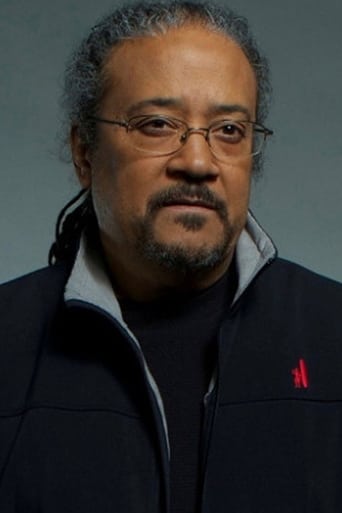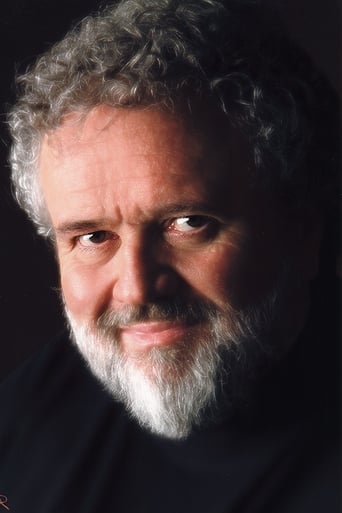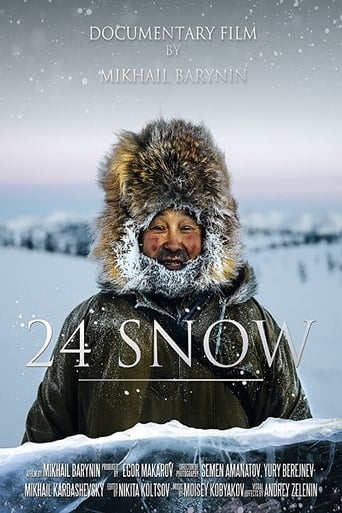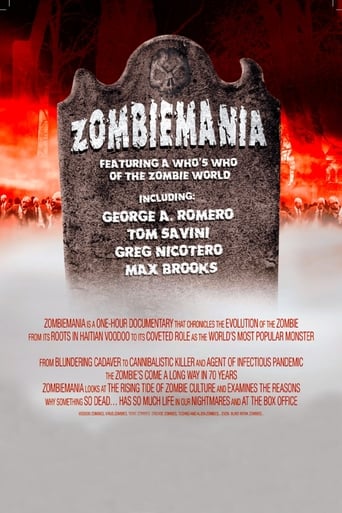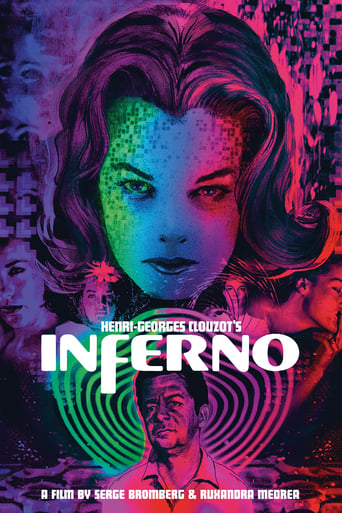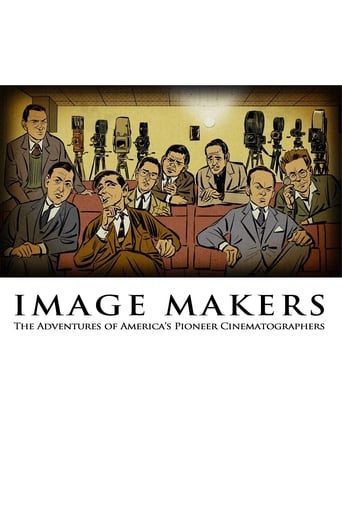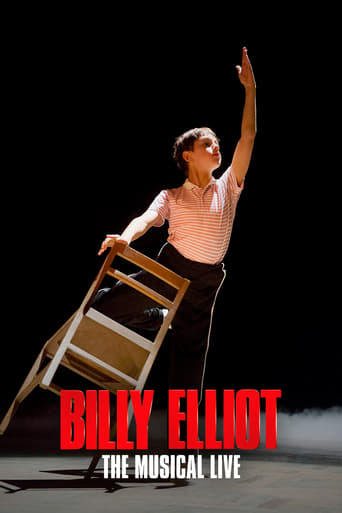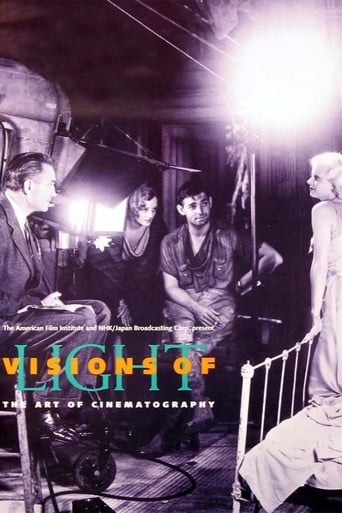
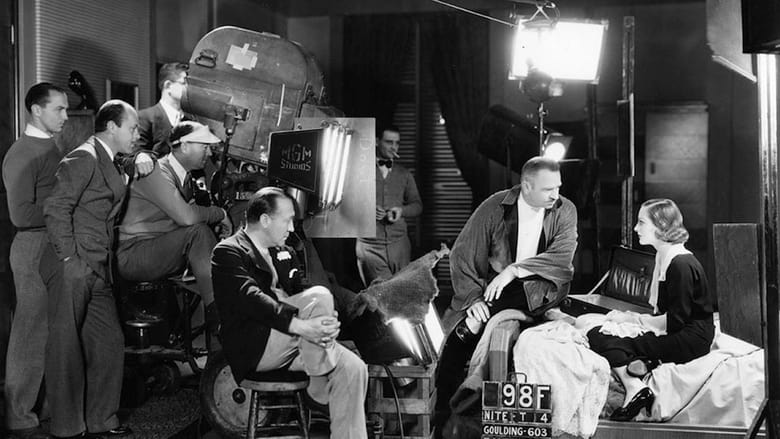
Visions of Light (1992)
Cameramen and women discuss the craft and art of cinematography and of the "DP" (the director of photography), illustrating their points with clips from 100 films, from Birth of a Nation to Do the Right Thing. Themes: the DP tells people where to look; changes in movies (the arrival of sound, color, and wide screens) required creative responses from DPs; and, these artisans constantly invent new equipment and try new things, with wonderful results. The narration takes us through the identifiable studio styles of the 30s, the emergence of noir, the New York look, and the impact of Europeans. Citizen Kane, The Conformist, and Gordon Willis get special attention.
Watch Trailer
Cast


Similar titles
Reviews
In movie documentaries, and in the public's awareness of movies, cinematography rarely gets much attention, however important it may be. Indeed, the public would probably never hear about the craft if not for the academic cover it provides for the Oscars ceremony; putting it in the award lineup gives those silly prizes some more serious technical credibility, as do editing and art direction. Thus when I heard about this obscure documentary, I was impressed that somebody would focus on this topic, and expected a viewing experience that would educate me (an interested film buff who isn't aspiring to be a filmmaker) more about this aspect of film-making. Unfortunately the documentary turns out to be more superficial. I thought "Visions of Light" would be more "illuminating" (pun not intended) and "enlightening" (pun intended).The visual presentation mainly consists of a glut of shots from films over the years parading by in breathless fashion, and amounts to little more than celebratory name-dropping. These shots could've showed up in the context of some other documentary -- about directors, actors, or "great American films", for instance -- and it would've been much the same. Sometimes the montage is pointless. Why look at Quinlan strangle a guy in "Touch of Evil"? Is the cinematography more interesting for this particular shot? And what *did* the cinematographer or "DP" for "Do the Right Thing" do to convey the hottest day of the year through his photography? The documentary never makes this clear, and the clips from the movie become the random scenes of a promotional featurette.What the documentary cares to teach us is not technical enough; the show reiterates that DPs employ light and shadow to construct a shot. Okay, well, I knew that already. We glimpse many DPs chatting with the interviewer about their craft, but often their talking is just anecdotes or "Oh, what an eye-catching scene that old master made!" I wished to learn: What kind of process goes into shooting a scene? What kind of buttons and dials does the cameraman manipulate? Could we have seen some videos or animations of cameras, lights, and other devices in action? Likewise, there is no narrator to flesh out the history and technique of cinematography; we mainly hear the DPs reminiscing.There is only scattered discussion of a few techniques used on a few films. It was intriguing to hear Michael Chapman mention how Paul Schrader's script for "Taxi Driver" was very visual and helpful for guiding his work. I would've liked to hear more about how the DP collaborates with the screenwriter, director, and other filmmakers, not just that Orson Welles was impressed by Gregg Toland, for instance.A few humorous moments include (1) Chapman observing how both he and Martin Scorsese talk rapidly, which made discussing films with each other easier; (2) Gordon Willis making a pompous fool of himself by casually comparing himself to Rembrandt.
This is a great documentary, of interest to any student of film or anyone who wants to deepen their appreciation of movies. The film showcases some great cinematographers (Caleb Deschanel, Conrad Hall, Gregg Toland, etc.) chronologically, giving a brief history of film at the same time -- it interviews the cinematographers at it shows countless clips from all sorts of film. My only complaint is that, despite the work from several foreign cinematographers, the films are mostly American (this doc was made after all by the AFI), and so it skips out some great legendary international films (from Kurosawa, Bergman, etc.) that deserve equal attention.
I watched this to hopefully get some ideas on what movies would be interesting to watch. From this point of view I was disappointed.The movies used as illustration are fairly mainstream. I had heard of almost all of them even though I hadn't seen them all.One thing that I very much have a problem with is that I think that the frame speed was accelerated on some of the silent film clips. The alternative would have been to repeat some frames so that events would play at the intended speed, but would have a slight skipping irregular pace. (24 frames per second was not a standard film speed during the silent period, so many films were done in 16, 18 or even occasionally 12 frames per second) I believe that the latter solution to the frames problem is preferable to comically fast pacing.Also the silent period was some what gypped in that it got the same amount of time and focus as each subsequent decade. It should have gotten twice as much time as a decade, because it includes 1910's and 1920's and all prior movie history. Other than this minor disparity, the amount of time spent on each decade is about equal. This is good because the documentary isn't skewed toward any era.Even bias is a prerequisite for a film documentary, and this documentary has it.Keep in mind that this documentary is very general. It would be impossible to go into a great deal of depth in only 1 1/2 hours. It is not for an extreme film buff. The film is not going to be a revelation, but if you are looking for a very general introduction to cinema this is a good documentary to watch.
Simply, this is one of the best documentaries I've seen on the art and science of making movies. This one is from the cinematographer's point of view and uses many excellent interviews along with miles of illustrative movie clips. I recommend this to anyone who has an interest in the creative process of filmmaking.


